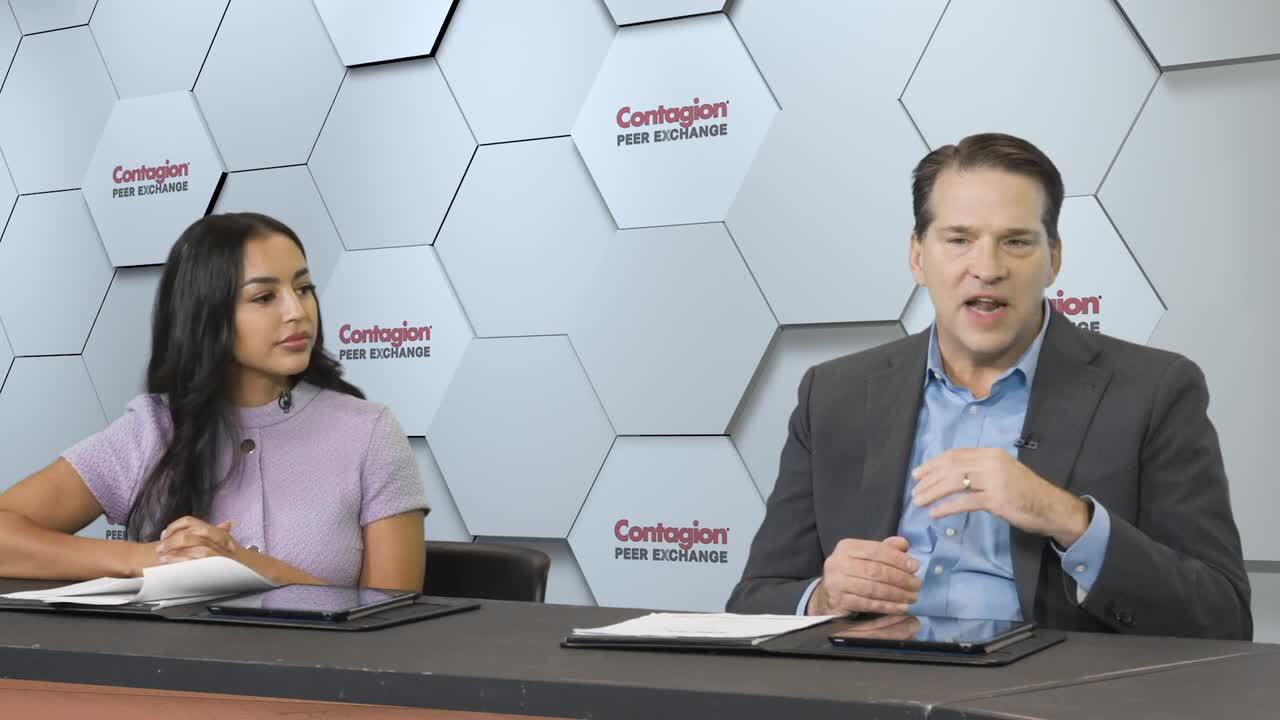Models of HCV Care

Dr. Tipu Kahn gives an overview of various care models for HCV treatment.
Transcript
Anthony Martinez, MD: Tipu, we've talked a lot about now screening, baseline workup, diagnosis, some of the medication regimens. We're going to move to implementing this into our clinical practice. Can you just give us an overview of what some of the basic models of care look like?
Tipu V. Khan, MD: YeahYes,. so there'sThere are a couple of different models out there on how to get meds medications to patients to get them treated. And I think the bottom line is, you want to meet patients where they're at. That's the most important part. So, Aa couple of ways you can do that.: One is co-localization, which is what I love doing, because it gives them multiple services under one roof. And tThat could be something as simple as your primary care doctor who also treats hep[atitis][hepatitis] C and MOUD [opioid use disorder]and gives them [patients]their OPU [opioid use] disorder medications. Something as sophisticated as a method on methadone treatment program that also has a physician or an APP [advanced practice provider] that comes in and screens and treats as well. So [we are] trying to bring as many of these services as you can [possible] under one roof. And again, aAs we talked earlier, I think what's important is, you do all of that in the same place along with harm reduction modality, treatment for the substance use disorder, and then all the other social determinants of health that are going to affect their ability to stay engaged in care, [for example,]access to food, access to housing, et cetera. So, [That is] trying to co-localize as many of those services as you can under one roof. The other option that, of course, has changed a lot with COVID is tele-med[telemedicine]. The ability to really check in with someone over the phone, do that screening visit,. yYou've got the labs done.,so Yyou can go ahead and [authorize the] start [of] those medications over the phone. There's no reason they [the patients] have to be there in person. And we do a lot of tele-med [telemedicine]in our program where we'll see patients, they'll have labs done by one of our satellite clinics, and we'll see them on the phone or on a video platform, whatever we're using., [We will] assess them, write the prescription and follow up with them once or twice via phone,. and wWe never see them in person., Bbut they're cured, because [and] we've got the labs to show it. So, I think that's been a huge expander of our ability to get access to care out there for those patients. Of course, there's a conventional referral where they can refer into a subspecialty access point, like hepatology, infectious disease, GI [gastrointestinal], or primary care that treats hep[atitis][hepatitis] C. Now again, tThat's another barrier though.: That's another appointment, another car ride, another bus ticket for them to get somewhere. And oftentimes the wait times are long for those. In our community, getting into a GI or a hepatologist is a six 6 months to a year [wait], at minimum. So tThose can really hinder the access to care for those patients, which is why I think it really dials down to integration. And the best way we can do this is truly integrating it into primary care.—Cchanging the scope of Hep[atitis][hepatitis] C being a subspecialty disease to really a primary care disease with support from subspecialists for complicated patients. But the majority of patients fall into simplified algorithms that we can all do within our primary care or addition addiction medicine setting.
Anthony Martinez, MD: So again, [we have] that concept of task shifting and maybe moving into different disciplines, different types of specialties. I consider primary care a specialty. It's hard to do. I can't do it.
Transcript was AI-generated and edited for clarity.
Newsletter
Stay ahead of emerging infectious disease threats with expert insights and breaking research. Subscribe now to get updates delivered straight to your inbox.












































































































































































































































































